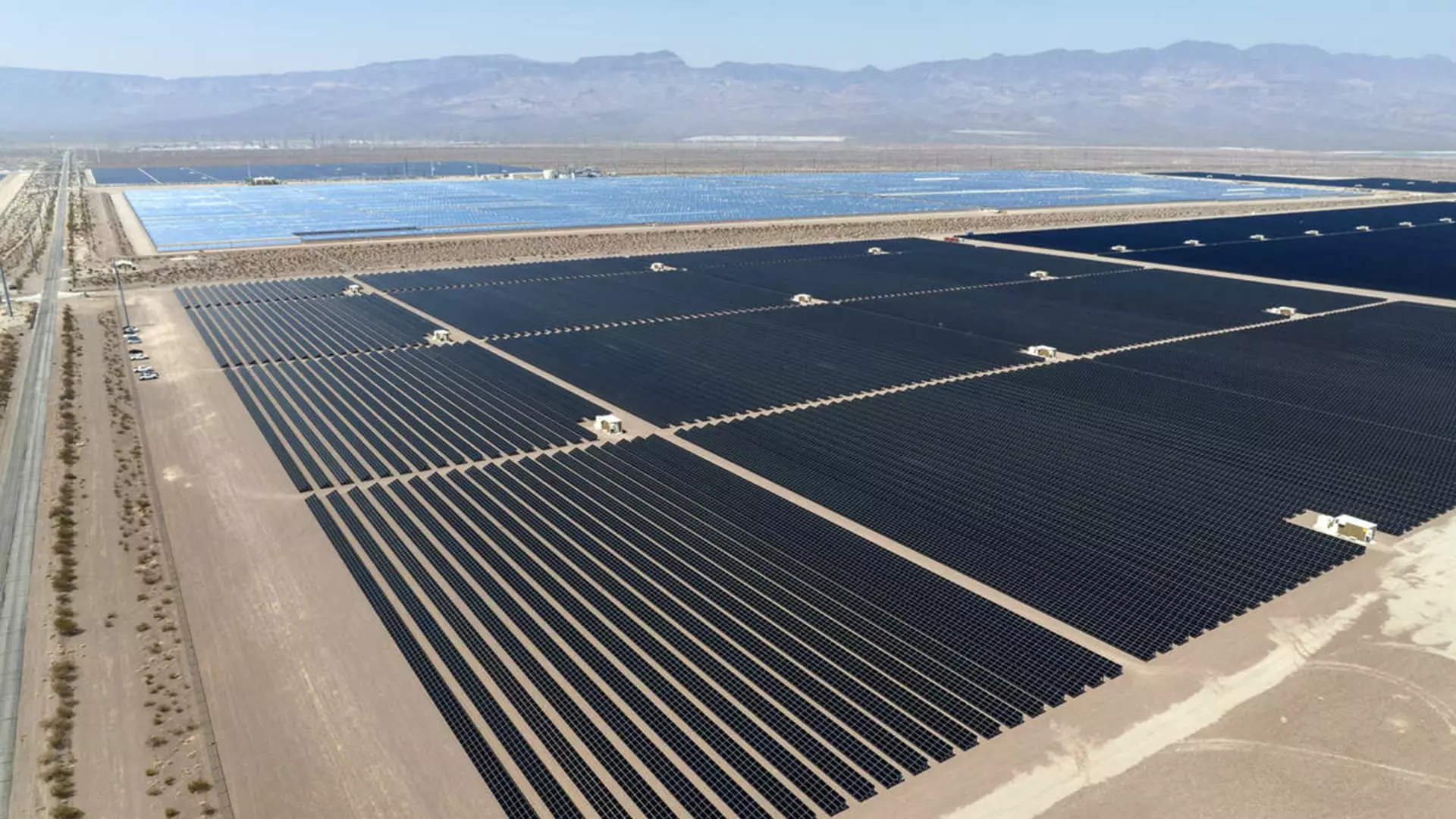The recent political developments in the United States have sent ripples through the solar energy market. After Donald Trump was projected to clinch a second term as president, solar stocks experienced a sharp decline in premarket trading. Investors reacted with trepidation, driven by concerns that a Trump presidency could jeopardize the future of the Inflation Reduction Act (IRA). This legislation, widely credited with energizing the clean energy sector through vital tax credits, is now under threat, leading to widespread sell-offs among solar companies.
The immediate impact of Trump’s electoral victory was stark. Leading the charge downwards was the Invesco Solar ETF, which plunged more than 9%, followed by significant losses for individual companies. First Solar saw its stock price plummet by 12%, while other major players like Sunrun and Sunnova faced declines of 15% and 20%, respectively. Additionally, inverter manufacturer Enphase and Nextracker also reported substantial setbacks, with drops of 11% and nearly 12%. Such a swift market response highlights the fragility of the solar market amid political uncertainty, drawing a direct line between governmental policy and financial performance.
Central to these fears is Trump’s campaign platform, which aggressively targets the IRA, labeling it the “Socialist Green New Deal.” This characterization not only reflects Trump’s views but also indicates his intention to roll back significant progress made in the clean energy landscape. The IRA, one of the crowning achievements of the previous administration, became law in 2022 without any Republican support. Its fate now hinges not only on Trump’s potential policies but also on whether the Republican party gains control of Congress, complicating the future prospects for renewable energy initiatives in the United States.
The political chessboard is also evolving, as Trump’s victory signals a potential shift in voter sentiment, particularly in traditionally Democratic strongholds. The Blue Wall states—Pennsylvania, Michigan, and Wisconsin—have long been considered bastions of Democratic support. Yet, Trump’s recent success in Wisconsin underlines a changing electoral landscape, indicating that his appeal may have resonated even in areas historically loyal to the Democratic Party. This shift not only affects the presidential race but could have long-lasting repercussions for state policies regarding renewable energy.
The nexus between energy policy and political outcomes has never been more apparent. With the solar energy sector exhibiting volatility in response to Trump’s projected victory, the implications for clean energy initiatives are profound. As investors and stakeholders in the solar industry brace for possible shifts in policy, the outlook remains uncertain. The potential repeal or modification of the IRA could stifle the burgeoning growth of solar energy, a stark reminder of how vulnerable emerging industries can be to the whims of political changes. The coming weeks and months will be crucial in determining whether the clean energy revolution can survive another Trump presidency.

